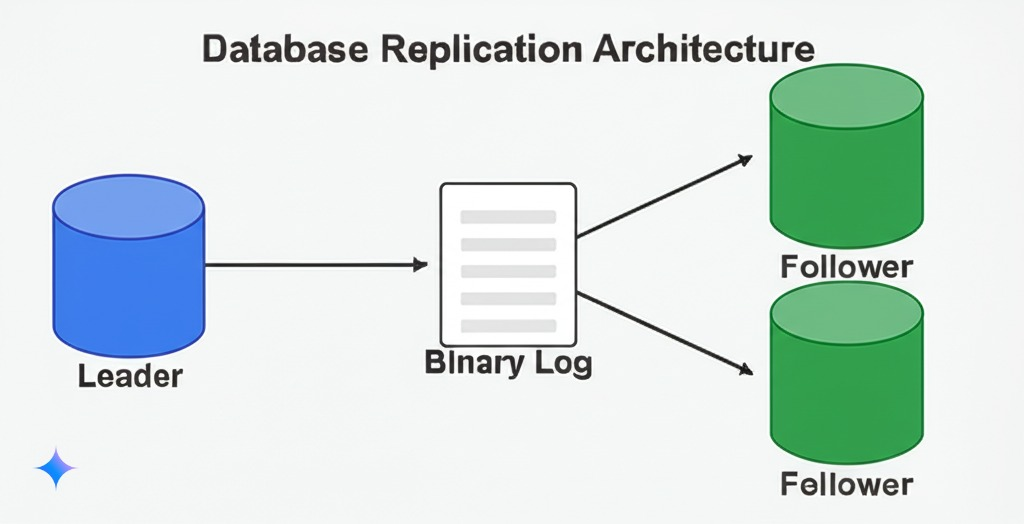This issue breaks down how YouTube scaled its backend using Vitess—a MySQL-based solution that powers billions of users today. References are linked at the end for deep dives.
From a Dating App to a Global Video Platform
Three former PayPal employees once set out to build a dating site. It flopped. They pivoted—launched a video-sharing platform—and called it YouTube. Early on, they stored video metadata (titles, descriptions, user data) in MySQL. As traffic surged, they scaled using leader-follower replication.

The Bottlenecks of MySQL Replication
While replication helped, MySQL's single-threaded model became a major hurdle. Followers couldn't keep up with leader writes under high load. Still, YouTube exploded—crossing 1 billion users and becoming the world's second most visited site.
To cope, they:
- Added a cache layer
- Preloaded MySQL binary log events into memory
This improved replication speed, but introduced new scaling challenges.
1. Sharding
MySQL had to be partitioned for scale. But this broke traditional transactions and joins. The application layer now had to route queries across shards—introducing complexity and risk.
2. Data Freshness
Followers often lagged behind the leader. Fresh reads required explicit routing to the leader, increasing logic overhead.
3. Query Protection
Slow or concurrent heavy queries could overload the DB. The system needed safeguards to prevent MySQL from going down.
Enter Vitess: A Scalable Abstraction Layer for MySQL
YouTube built Vitess, an orchestration layer on top of MySQL, to abstract complexity and scale seamlessly.
1. VTTablet – Sidecar for MySQL
Each MySQL instance is paired with a VTTablet process.
VTTablet handles:
- MySQL backup and restore
- Query rewriting (e.g., injecting
LIMIT) - Query caching to avoid the thundering herd problem
2. VTGate – Stateless Proxy
They introduced VTGate, a stateless proxy layer.
VTGate functions as:
- A router that directs queries to the correct VTTablet based on sharding logic
- A connection pool manager to reduce MySQL load
- A MySQL protocol-speaking interface for the application
- A layer that simplifies complexity by behaving like a monolithic DB
- A transaction limiter for performance
Many VTGate servers can run concurrently to scale out horizontally.
3. Topology State – Key-Value Store
Vitess uses a distributed key-value store (like Zookeeper) to maintain:
- Shard mappings
- Leader-follower roles
- Schema metadata
VTGate caches this data to improve performance.
An HTTP server named VTctld updates this topology in real time by:
- Tracking server states
- Managing relationships
- Pushing config changes as needed
🧠 TL;DR – Vitess Architecture Components
- VTGate: Stateless proxy for routing queries
- Key-Value Store: Stores topology and schema metadata
- VTTablet: Sidecar for managing each MySQL instance
Vitess is written in Go, open-source, and supports MariaDB as well.
Thanks to Vitess, YouTube scaled MySQL to serve 2.49 billion users—proving that relational databases can handle internet-scale workloads when paired with the right architecture.
👋 PS – Stuck at your current job?
Prepping for system design interviews can be overwhelming. I'm building a series to help you go from 0 → 1 with just a few minutes of reading each week.
💡 Pricing will go up soon. Pledge now to lock in the lower rate.